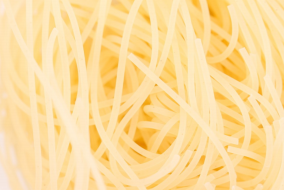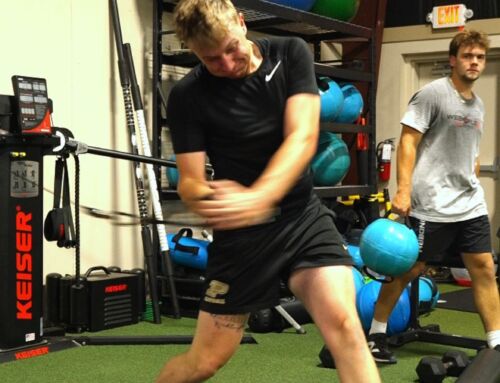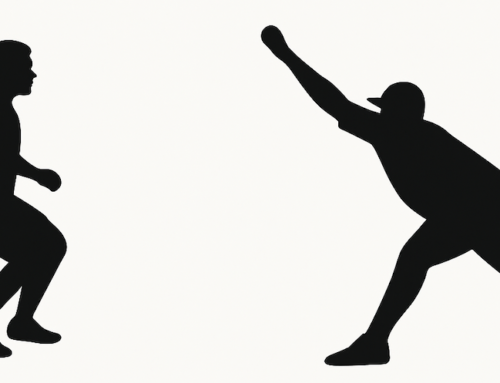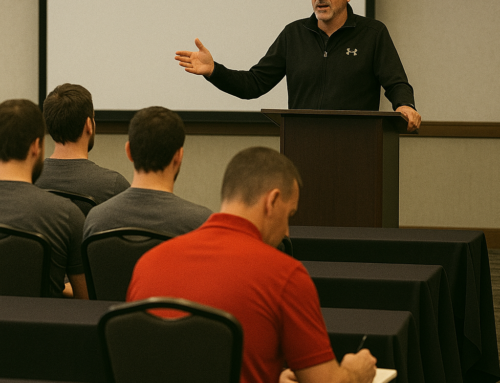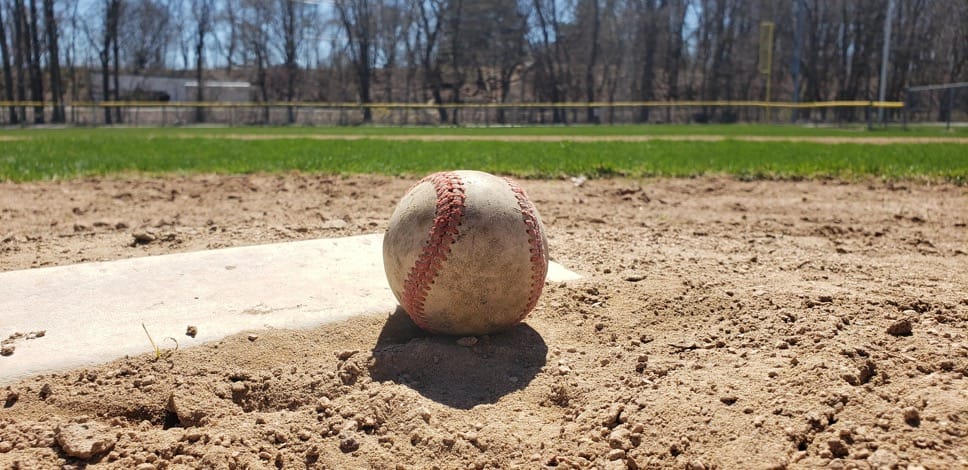
Shut It Down Or Keep Throwing? Maybe There’s an Alternative
As pro seasons comes to an end, college and High School fall programs wrap up, and the train known as “The Travel Ball Express” pulls into the depot for a break, pitchers and position players alike are faced with tough decisions about their training this fall/winter.
The “shut it down” police and the “just keep throwing” crowd are out in full force. Year after year, the debate rages on.
One side demands absolute avoidance of all throwing for 2-3 months to allow the UCL, the anterior shoulder capsule and other connective tissue to tighten down and regain passive stiffness after being stressed and stretched throughout the season.
Supporters of “keep throwing” approach argue that “rest is rust” and that a complete shutdown will lead to atrophy and loss of mechanical efficiency. This group contends that you can’t improve or maintain your ability without throwing, so you cannot afford to shut it down for too long.
I get asked frequently to choose a side … And I never do …
Because in my opinion, the answer is not that simple. It’s not so black and white.
Keep throwing, or shut it down …
What should a player do?
Well … it's complicated.
If you’re a stud who is throwing 3-5 mph harder than your competitive peer group, your command of all your pitches is 15% better than your competitive peer group, your secondary stuff is 15% better than your competitive peer group, and you’ve already thrown a ton of innings this year, then shutting down probably seems like a good idea.
But what if you’re not that guy? What if you’re at a point in your career where if you don’t improve in one or more of those areas you might be done? If you’re behind schedule and approaching the finish line, when are you supposed to get better? If you shut it down all winter and stay the same as you are, you could be shutdown for the rest of your life!
Several years ago, in October, I was visited on separate days by 3 different major league organizations, the Tampa Bay Rays, The Pittsburgh Pirates, and The New York Yankees, and I asked them 2 questions.
“How many pitchers do you have in your entire organization?” The Rays and Pirates said “150” and the Yankees said “200”.
I then asked, “Of those 150/200, how many of them, if they don’t improve this off-season with regard to velocity, command, secondary stuff, or arm health will you release next spring training?” They all had the same answer, “50”.
“Send me those 50 guys this off-season.” I said. “I’ll send you back at least 30 of them better than they were.”
After a moment of silence, each group had basically the same response …
“Well, that sounds good but we have to shut them down for 3 months.”
“Wait… What? You just told me you were going to cut them, effectively ending their careers, if they don’t get better this off-season, but you want them to go home this winter, sit for 3 months, and do nothing about it? That just doesn’t make sense.”
So you see, the answer to the shutdown question isn’t always clear. Every pitcher must consider his options on a case-by-case, year-by year basis.
Binary thinking gets in the way.
Shut down or keep throwing …
Those seem to be the only options.
But, what if there was an alternative, a compromise between full-on continuance of throwing and complete cessation?
Our approach at The ARMory begins with an understanding of human physiology and tissue healing.
Typically, in the shutdown approach, a pitcher fires his last pitch in the final game of the season, says goodbye to all his teammates, cleans out his locker and packs it in, not touching a baseball for the next 2-3 months. The guy has spent the last 7-8 months micro and macroscopically traumatizing all the connective tissue in his arm. Then he simply stops throwing completely. Meanwhile, his body begins the healing process.
So how does the body repair itself?
Floating in the platelets of the blood, along with other healing agents are specialized cells called undifferentiated mesenchymal cells (UMCs). These cells have no form or function until they sense cell damage. 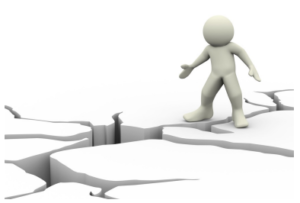 Once triggered, they have the miraculous ability to morph themselves into whatever kind of cell they need to become to replace the damaged cell. If a tendon is damaged, they change into tendon cells. If a ligament, bone, cartilage or muscle is damaged, they transform into whatever kind of cell is needed. UMCs are like stem cells, only stem cells are like UMCs on steroids.
Once triggered, they have the miraculous ability to morph themselves into whatever kind of cell they need to become to replace the damaged cell. If a tendon is damaged, they change into tendon cells. If a ligament, bone, cartilage or muscle is damaged, they transform into whatever kind of cell is needed. UMCs are like stem cells, only stem cells are like UMCs on steroids.
But there’s a slight problem.
UMCs need a mechanical signal to tell them where to stand.
When UMCs first lay down to form the foundations of new tissue, they do so in chaotic, disorganized patterns (like a plate of cooked spaghetti noodles you left in the sink all night).
But connective tissue has a grain or a pattern to it, and its cells always align themselves along the lines of stress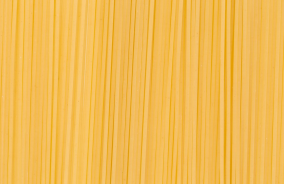 to which they are exposed.
to which they are exposed.
Newly forming replacement cells must have a mechanical signal to guide their alignment.
This is known as Davis' law. According to Farlex Free Dictionary, “Davis’ law is used in anatomy and physiology to describe how soft tissue models along imposed demands. It is the corollary to Wolff’s law, which applies to osseous tissue.”
Healing soft tissues always align themselves to resist mechanical stress under which they are placed. With no stress, there is no order. Shutting down completely allows time for tissue restoration, but without stress, the tissue becomes disorganized. Disorganized tissue makes the pre-season ramp up slow, arduous, and ramp up very difficult. When players adhere strictly to the 2-3 month mandate, they run out of time. They have to be hot before their tissue is ready.
So far, we've only discussed the physiologic effects of complete rest, but things get even more complex when we consider the neurologic (motor control and coordination) impact
Most guys who shutdown from throwing commit to an aggressive off-season weight training program, but they fail to appreciate the motor control demands of increased “strength” and mass. Every time a muscle hypertrophies it presents a new coordinative demand. Remember when you were like 12 years old and you grew 6 inches in a month? Remember how awkward and uncoordinated you felt? Well, the same thing happens when you stop throwing and bury yourself in the gym. You lift, and you make your muscles bigger.
Bigger muscles require a new coordination pattern.  Maintaining that pattern with light throwing while you’re lifting keeps the tissue organized – both physiologically and neurologically.
Maintaining that pattern with light throwing while you’re lifting keeps the tissue organized – both physiologically and neurologically.
On the other hand, if you totally shut it down — with no stress at all for 2-3 months — when you start throwing again, your disorganized connective tissue is vulnerable to compromise.
The combination of disorganized, uncoordinated connective tissue, unaddressed physical restrictions, mechanical inefficiencies, and poor preparation/ramp-up presents the perfect storm for tissue failure. This could explain the rash of injuries we see early in spring training as guys are starting to get it going.
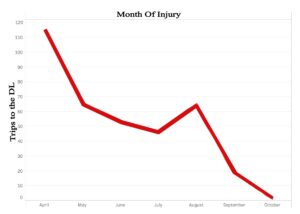
Wouldn’t it be a better idea to implement an off-ramping/cool down period including a tapered cessation of pitching? Then you could continue with low intensity “throwing like” movements throughout the off-season to keep your connective tissue organized all winter.
If you’re about to shut it down for the fall/winter, here’s an idea:
Keep the tissue organized, both physiologically, and neurologically — always.
This off-season instead of stopping cold turkey, gradually wean from your typical intensity and workload. Continue to throw light bullpens and easy long toss for a few weeks. This will allow your new scar tissue to start forming along functional lines. Then you can implement a low intensity off-season maintenance plan including sub-maximal throwing using tools like the Training Sock or Connector Club.
When you’re ready to start ramping it up, your connective tissue will be better organized. Instead of beginning from scratch with disorganized tissue, you’ll have a rolling start into your ramp up which could allow you to progress faster, while reducing your risk of injury.
A solution grounded in anatomy, physiology, neurology, and motor control may seem perplexing, but we can bring it home to common sense by asking this question:
Is it easier to keep your house tidy and organized by sprucing it up a little every day? Or should you let it slop into a pig sty all winter and then rush to clean it up before the spring barbecue?
If you’re planning on shutting it down this off-season, that’s fine. But before you stop completely, get to The Florida Baseball ARMory and receive a full head-to-toe physical assessment to identify all the physical constraints that most assuredly have crept in over the long season – things like shoulder internal rotation deficits, scapular dyskinesia, thoracic mobility, hip mobility, ankle mobility, or motor control deficits.
Let us do a video analysis of your throwing pattern, and we’ll design an active rest program that will include customized corrective exercises and sub-maximal throwing drills you can perform in the Training Sock all winter long to keep your soft tissue organized and ready for action.
You’ll have a head start to your normal pre-season throwing plan and you’ll be far ahead of where you have been in previous years – far ahead your peers and competitors.
Get started by calling, our CFO/COO Amy, at 866-787-4533.
We’ll see you at The ARMory.
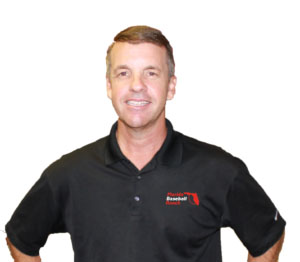
Randy Sullivan, MPT, CSCS CEO, Florida Baseball ARMory

